Meet the Dinosaur Species You've Never Heard Of
Alan Grant on Dec 22nd 2023
Dinosaurs, the ancient rulers of our planet, continue to capture our imagination with their incredible diversity. While the spotlight often falls on iconic species like the Tyrannosaurus rex and Triceratops, the world of lesser-known dinosaur species is equally intriguing. In this exploration, we delve into the fascinating realm of dinosaurs that, while not as famous, contribute significantly to our understanding of prehistoric life.
These lesser-known dinosaurs, hidden in the shadows of their more celebrated counterparts, offer a unique glimpse into the nuanced and diverse tapestry of prehistoric ecosystems. While the colossal footsteps of the Tyrannosaurus rex echo through popular culture, there exists a captivating array of smaller, yet equally significant, creatures that once roamed our planet. From the mysterious adaptations of the Yi qi to the peculiar anatomy of the Therizinosaurus, these unsung heroes of the Mesozoic era provide crucial pieces to the puzzle of Earth's ancient past. As we embark on this journey into the lesser-known corners of paleontology, we uncover not only the richness of diversity among these creatures but also the untold stories that shape our understanding of the bygone eras when dinosaurs ruled the Earth.
Lesser-Known Dinosaur Species
The Halszkaraptor
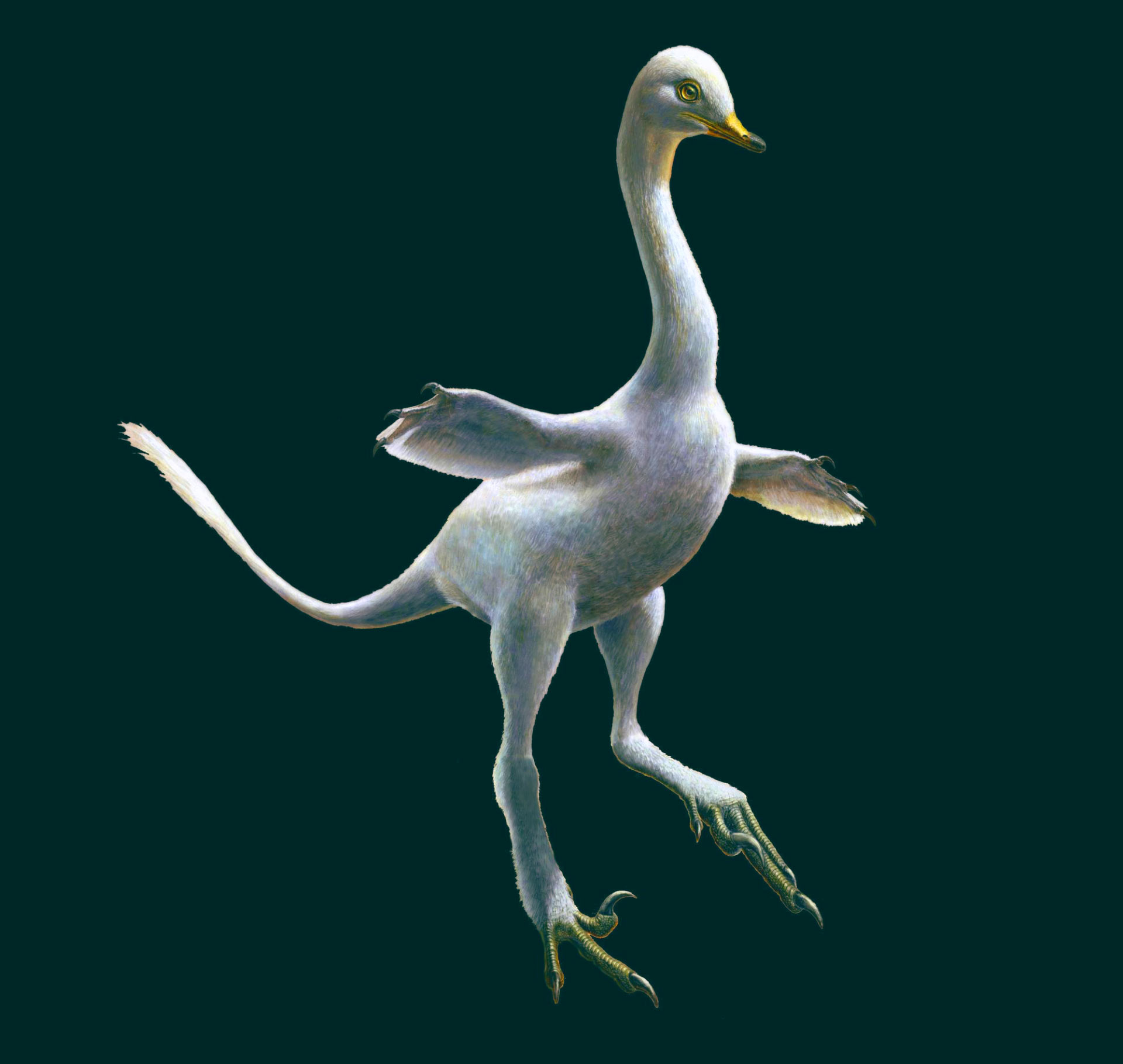
Lesser-known dinosaur species often exhibit unique physical features, challenging our understanding of these ancient creatures. The Halszkaraptor discovered in Mongolia, had a swan-like neck and semi-aquatic adaptations. This remarkable dinosaur, part bird and part crocodile in appearance, broadens our perspective on the variety of life during the Mesozoic era. With its unexpected combination of traits, the Halszkaraptor stands as a testament to the extraordinary diversity of dinosaur adaptations.
The Yi qi
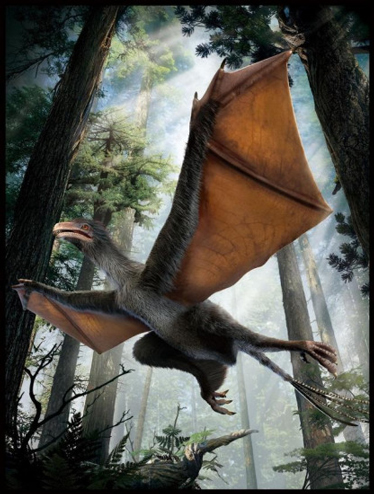
The discovery stories behind lesser-known dinosaur species add a human element to the narrative. The Yi qi, unearthed in China, had a bizarre membrane-wing structure, representing a rare glimpse into the evolution of flight in dinosaurs. The dedication of paleontologists in unearthing such unique specimens underscores the importance of their work in unraveling the mysteries of prehistoric life. This remarkable dinosaur, resembling a cross between a bird and a bat, challenged preconceived notions about the evolution of flight in dinosaurs. The perseverance of scientists in carefully excavating and studying the fossils of Yi qi showcased the dedication and determination needed to unearth and interpret the secrets hidden in the rocks of our planet. The discovery of Yi qi stands as a testament to the passion and resilience of paleontologists in the face of the intricate puzzles presented by the ancient remnants of Earth's distant past.
The Amargasaurus

Dinosaurs inhabited a vast range of ecosystems, adapting to diverse climates and landscapes. The Amargasaurus, discovered in Argentina, roamed the ancient forests of South America approximately 129 million years ago. This long-necked dinosaur with distinctive spines highlights the adaptability of dinosaurs to different environments, enriching our understanding of their ecological roles. The Amargasaurus, with its unique skeletal structure, suggests that dinosaurs had specific adaptations to thrive in particular regions, emphasizing the complex interplay between prehistoric creatures and their environments.
The Therizinosaurus
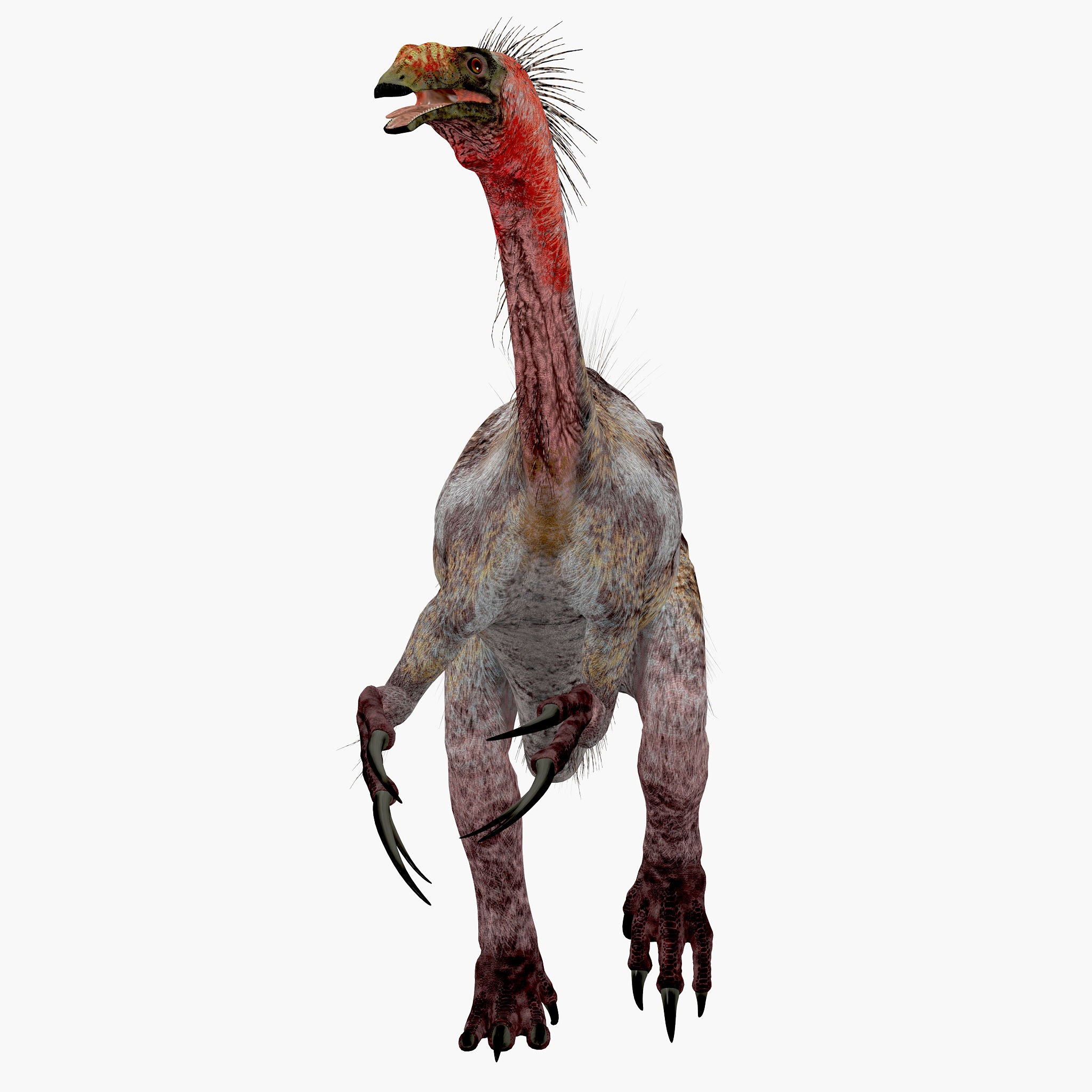
Notable examples of lesser-known dinosaur species abound, each with its own fascinating characteristics. Therizinosaurus, known for its enormous claws, lived during the Late Cretaceous period. Its gigantic size and unique adaptations challenge traditional views of dinosaur morphology, showcasing the incredible diversity that existed within the dinosaur kingdom. The Therizinosaurus, with its distinctive claws used for unknown purposes, remains an enigmatic figure in the dinosaur world, prompting ongoing research into its behavior and evolutionary significance.
The Deinocheirus

Beyond their fascinating appearances, lesser-known dinosaurs contribute significantly to our understanding of evolution. The Deinocheirus, discovered in Mongolia, provided important insights into the evolutionary relationships among theropods. Its massive size and unusual features make it a key specimen for researchers studying the broader patterns of dinosaur evolution. The Deinocheirus, with its peculiar combination of characteristics, serves as a crucial piece in the evolutionary puzzle, shedding light on the intricate connections between different dinosaur lineages.
The Chilesaurus
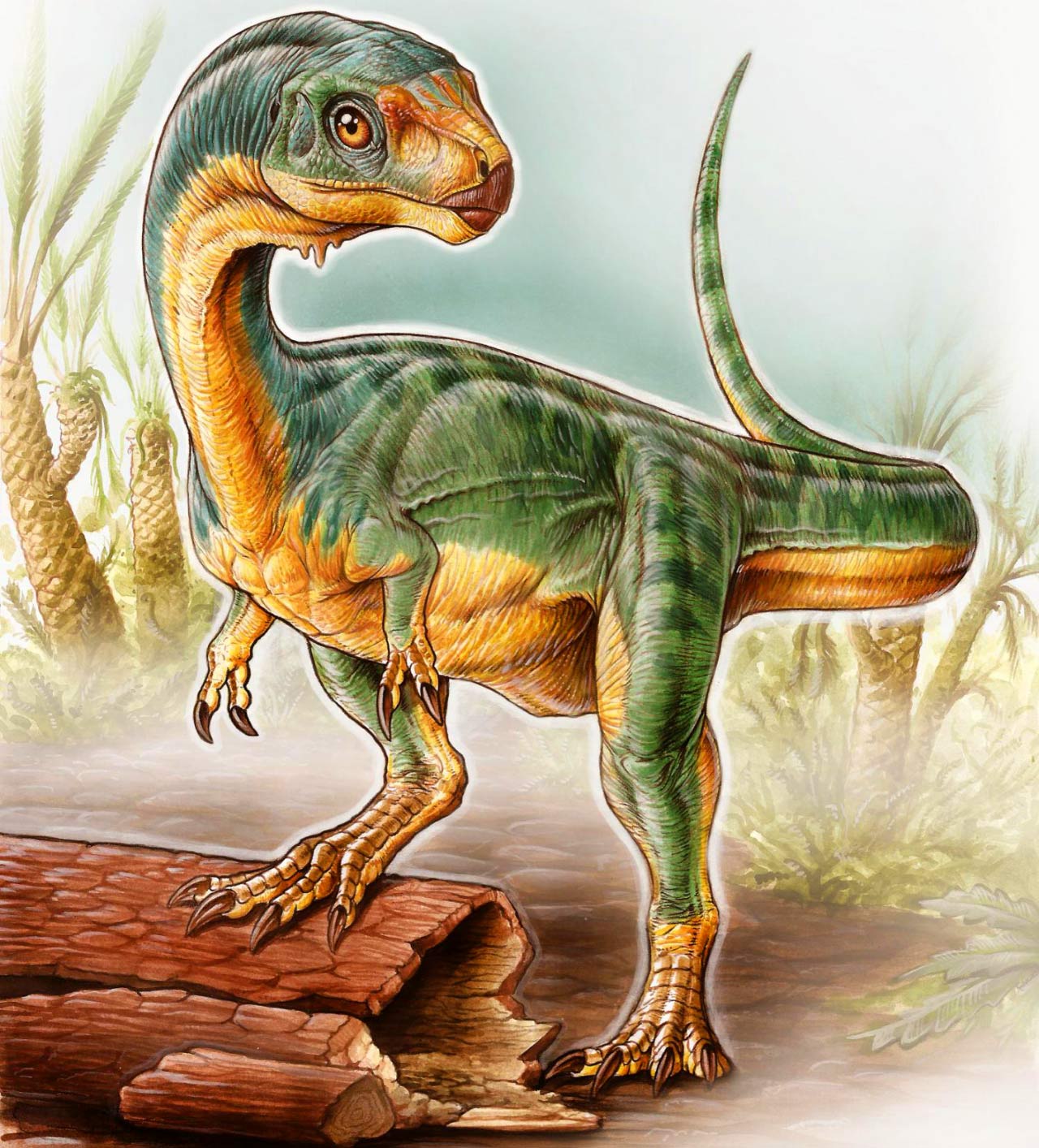
The study of lesser-known dinosaur species presents challenges due to limited fossil evidence. The Chilesaurus, discovered in Chile, initially perplexed scientists with its amalgamation of features from different dinosaur groups. Deciphering the evolutionary significance of such enigmatic dinosaurs requires meticulous research and careful consideration of available evidence. The Chilesaurus, with its mosaic of traits, exemplifies the difficulties in classification, emphasizing the importance of innovative approaches in paleontological research.
The Wendiceratops
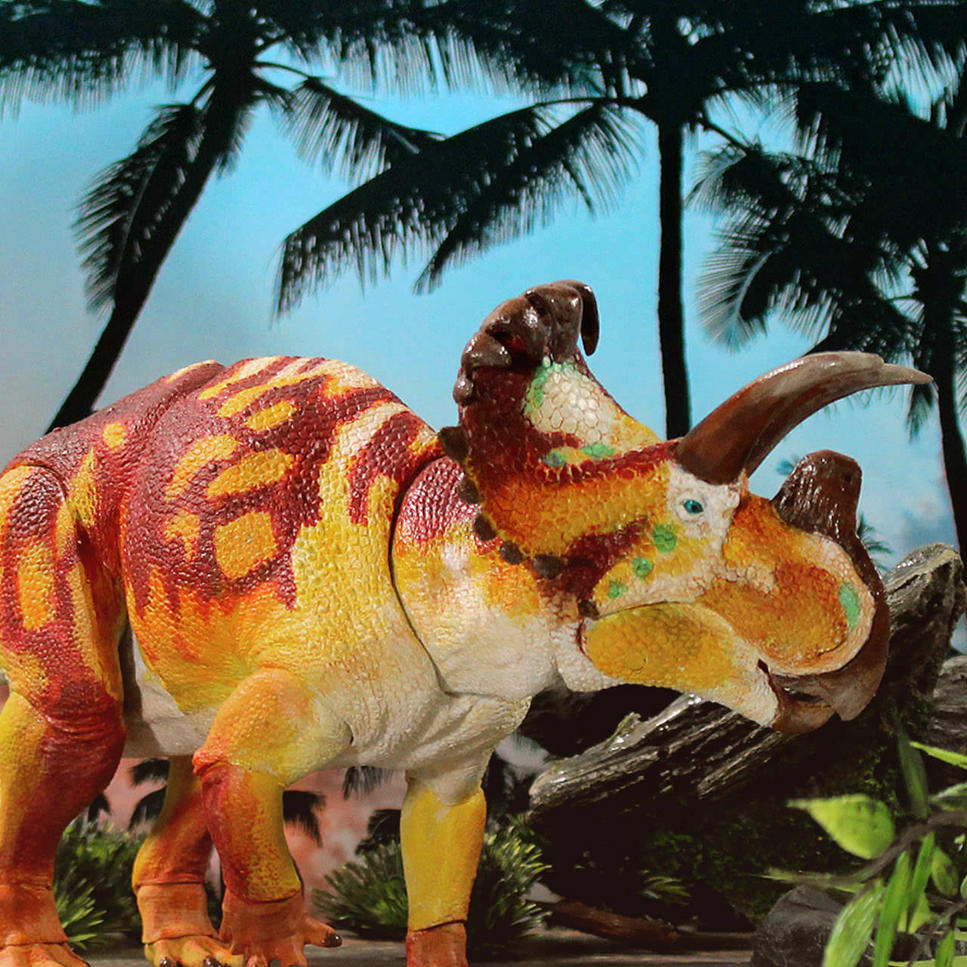
The field of paleontology is dynamic, with ongoing discoveries continually expanding our knowledge. Recent findings, such as the discovery of The Wendiceratops in Canada, provide valuable information about the evolution of horned dinosaurs. These discoveries highlight the importance of continued exploration and the potential for new revelations in the future. The Wendiceratops, with its unique frill ornamentation, showcases the ongoing nature of paleontological research and the excitement of uncovering previously unknown species.
Popularizing Lesser-Known Dinosaurs
While these lesser-known dinosaurs may not enjoy the same level of fame, they play a crucial role in pop culture. Documentaries like "Planet Dinosaur" and books such as "Dinosaurs: How They Lived and Evolved" by Darren Naish and Paul Barrett feature these fascinating species, contributing to public awareness and education. The portrayal of lesser-known dinosaurs in media not only entertains but also educates, fostering a greater appreciation for the diversity of prehistoric life among audiences of all ages.
Furthermore, the popularization of lesser-known dinosaurs extends beyond documentaries and books, permeating various facets of popular culture. Video games, animated series, and museum exhibits also showcase these hidden gems, ensuring that their stories reach diverse audiences. By integrating these lesser-known species into mainstream media, the intricate narratives of dinosaurs like the Deinocheirus or the Wendiceratops become accessible to a wider public. This engagement not only entertains but also serves as a powerful tool for science communication, instilling a sense of wonder and curiosity about the lesser-known chapters of Earth's history. As these dinosaurs become household names, their unique features and evolutionary significance become woven into the fabric of collective knowledge, inspiring the next generation of paleontologists and ensuring that the legacy of these lesser-known marvels endures.
Conclusion
In conclusion, exploring the world of lesser-known dinosaur species unveils a rich tapestry of discovery and scientific exploration. From peculiar adaptations to the challenges in studying them, these dinosaurs significantly contribute to our understanding of Earth's ancient past. As technology advances and new fossils are unearthed, the field of paleontology continues to offer exciting revelations about the diverse and incredible creatures that once roamed our planet.
